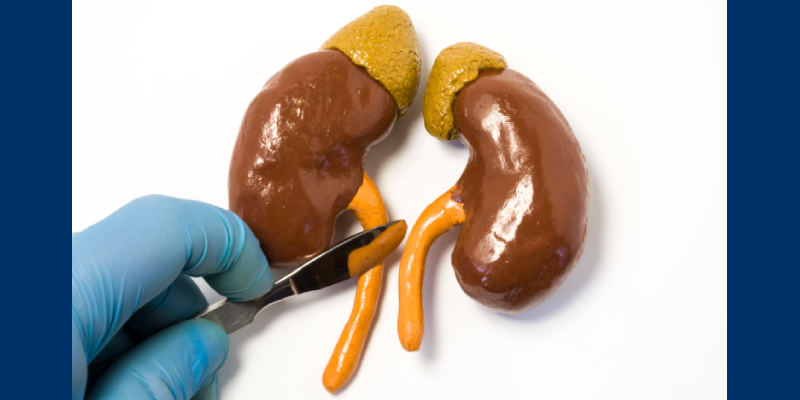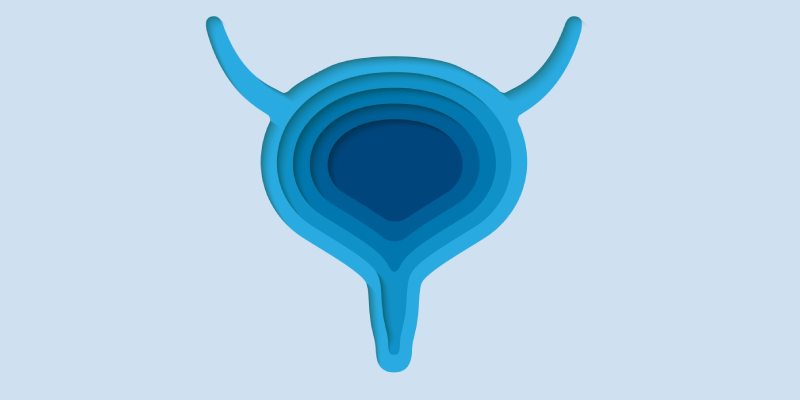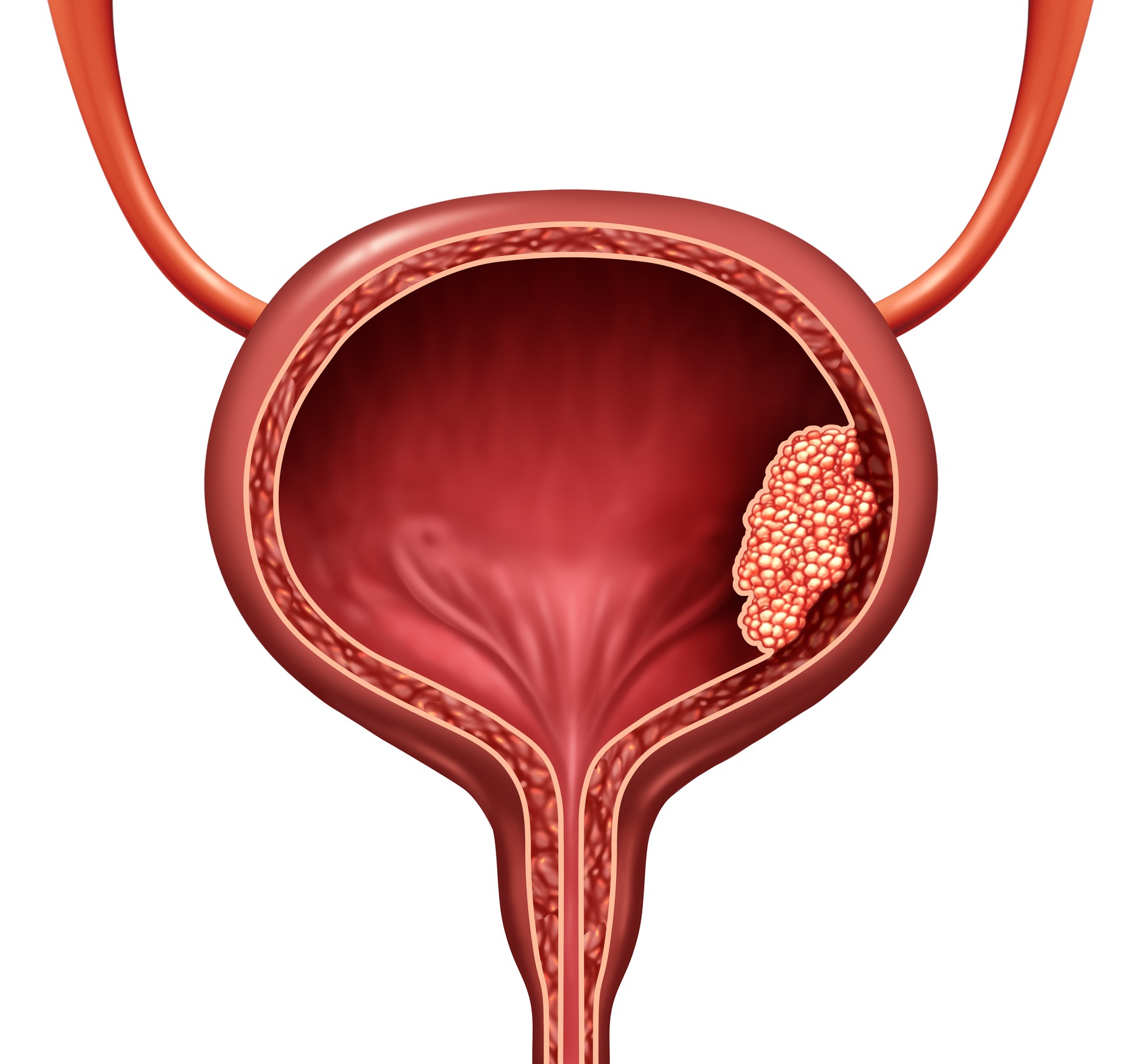
Treatment with lumasiran for up to 12 months leads to significant reductions in kidney stone events in patients with primary hyperoxaluria type 1, according to findings from an analysis of the phase 3 ILLUMINATE-A trial, presented by Dean Assimos, MD, of University of Alabama Birmingham Medicine, at the 2021 American Urological Association Annual Meeting.
The 12-month analysis of the ILLUMINATE-A trial included 39 patients aged 6 years and older with primary hyperoxaluria type 1 and estimated glomerular filtration rate of 30 mL/min/1.73m2 or higher. The study featured a 6-month double-blind, placebo-controlled phase as well as an extension period (EP).
The least square mean treatment difference between lumasiran and placebo in the 24-hour urinary oxalate excretion during the 6-month double-blind, placebo-controlled phase was –53.5% (p=1.7×10−14).
Approximately 84% of patients who received lumasiran demonstrated near-normalization or normalization (≤1.5 x upper limit of normal) of their 24-hour urinary oxalate excretion at 6 moths vs 0% in patients who received placebo.
During the extension phase, a total of 13 patients in the placebo group crossed over to active treatment with lumasiran (P/L). The researchers indicated that these patients showed “a similar time course and magnitude of urinary oxalate reduction.”
Following 6 months of treatment with lumasiran, the mean percent reduction in the 24-hour urinary oxalate was 57.3%, while a similar proportion (77%) of patients showed near-normalization or normalization of their 24-hour urinary oxalate excretion. In contrast, patients who were initially assigned to lumasiran demonstrated sustained reductions in their 24-hour urinary oxalate during the extension period and through month 12.
Calculated rates of kidney stone events in the patients who were initially assigned lumasiran decreased from 0.87 (95% CI, 0.70-1.08) per 100 person-days over the 12 months before the study to 0.30 (95% CI, 0.17-0.51) per 100 person-days for the 6-month double-blind placebo period, and 0.23 (95% CI, 0.13-0.43) per 100 person-days with another 6 months of treatment.
In the group of patients initially treated with placebo who crossed over to lumasiran, the rates of kidney stone events ranged from 0.15 (95% CI, 0.07-0.31) per 100 person-days over the 12 months before study entry to 0.18 (95% CI, 0.07-0.48) per 100 person-days during the 6-month double-blind phase to a reduction to 0.05 (95% CI, 0.01-0.32) per 100 person-days during the first 6 months of lumasiran cross-over treatment.
The most frequently reported adverse events related to lumasiran in the extension period included mild, yet transient injection site reactions.







 © 2025 Mashup Media, LLC, a Formedics Property. All Rights Reserved.
© 2025 Mashup Media, LLC, a Formedics Property. All Rights Reserved.